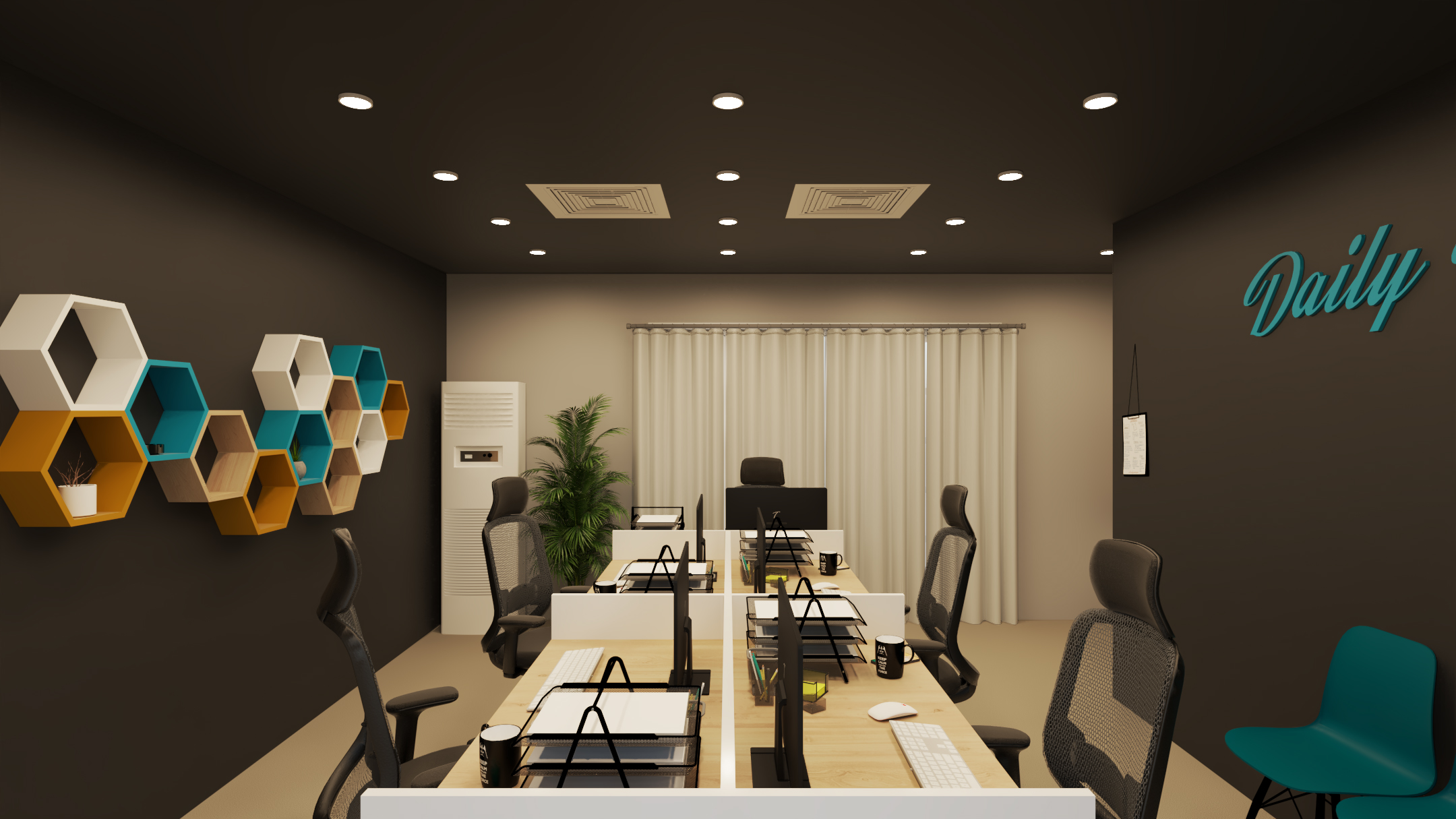In today’s competitive business landscape, commercial interior design has transcended mere aesthetics to become a crucial tool for shaping brand identity and customer perception. Whether it’s an office, retail store, or hospitality venue, the design of commercial spaces plays a pivotal role in reflecting and reinforcing a brand’s values and aspirations.
Understanding Brand Identity Through Design
Effective commercial interior design starts with a deep understanding of the brand’s identity. Every element—from color schemes to furniture choices—should align with the brand’s ethos. For instance, a tech startup might opt for sleek, modern designs to convey innovation and efficiency, while a luxury hotel would focus on opulence and comfort.
Creating Functional and Aesthetic Harmony
The best commercial designs strike a balance between functionality and aesthetics. Spaces need to be not only visually appealing but also practical for their intended use. This harmony ensures that employees work efficiently, customers feel welcomed, and visitors are impressed.
Tailoring Spaces to Customer Experience
Customer experience is paramount in retail and hospitality. Interior design can guide customers through a journey, influencing their mood and behavior. Thoughtful layouts, strategic lighting, and comfortable seating can enhance dwell time and encourage repeat visits, directly impacting business success.
Incorporating Sustainable Practices
Modern consumers value sustainability. Integrating eco-friendly materials, energy-efficient systems, and sustainable practices into design not only aligns with brand values but also appeals to environmentally conscious customers. It’s a win-win for both brand reputation and the planet.
The Role of Technology in Design Innovation
Technology has revolutionized interior design with tools like 3D modeling and virtual reality. These innovations allow businesses to visualize designs accurately before implementation, reducing costs and ensuring precise execution. Incorporating such technology can give brands a competitive edge in the marketplace.
Adapting Design Trends to Commercial Spaces:
Keeping up with interior design trends is essential but must be approached with caution. While trends can add freshness to a space, timeless elements should anchor the design to ensure longevity. This approach guarantees that the space remains relevant and attractive for years to come.
In conclusion, commercial interior design isn’t just about decorating spaces; it’s about crafting environments that resonate with your brand and audience. By integrating brand identity, functionality, sustainability, and innovation, businesses can create spaces that not only reflect their values but also enhance customer experience and operational efficiency. Investing in strategic interior design is an investment in the long-term success and perception of your brand.
Ready to elevate your commercial space? Contact us at The Shape Interiors for expert interior design consultancy and 3D modeling services. Click the WhatsApp icon on the bottom right of the website to start transforming your space today.




